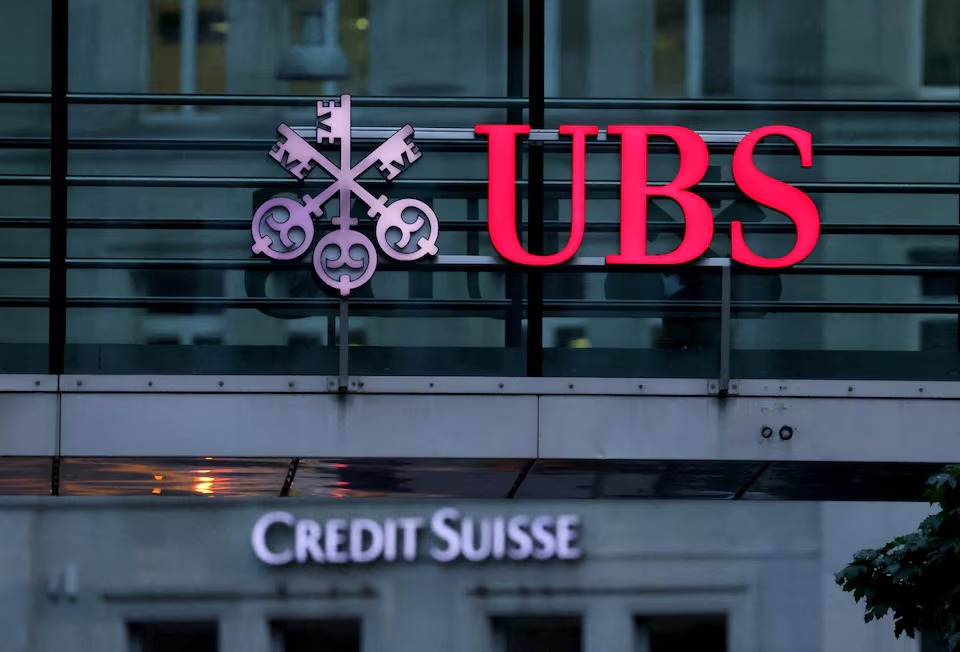
A Year After Credit Suisse’s Near Collapse
A year ago, Credit Suisse stood on the precipice of collapse, sending shockwaves through European banking sectors and prompting concerns about financial stability. The subsequent state-orchestrated rescue by UBS provided a lifeline, calming jittery investors and averting a potential crisis. Since then, European banks have embarked on a journey of recovery, marked by significant strides but also lingering challenges.
Stocks Rebound Despite Initial Turbulence
Following the tumultuous period sparked by Credit Suisse’s crisis, European bank stocks experienced a sharp decline in March last year. However, in a remarkable turnaround, share prices have surged in recent months, with notable gains recorded by UBS and UniCredit among others. The STOXX Europe 600 banks index has witnessed a consistent upward trajectory, reflecting renewed investor confidence in the sector’s prospects.
Profitability Surges Amid Rising Interest Rates
A key driver of the recovery has been the resurgence in bank profitability, fueled by higher interest rates that have bolstered net interest income. Banks like Santander, UniCredit, and NatWest have reported substantial profit increases, enabling them to distribute significant dividends and undertake buybacks. Nonetheless, analysts caution that as interest rates peak, income earnings may stabilize and eventually decline.
AT1 Bonds Recover Following Credit Suisse Fallout
The shockwaves from Credit Suisse’s crisis reverberated across the market, particularly impacting Additional Tier 1 (AT1) bonds. However, subsequent recovery efforts and improved market conditions have seen a sharp rebound in AT1 bond prices for major banks. Yet, concerns persist, particularly regarding the exposure of specialty German banks to commercial property, which has led to renewed volatility in bond prices.
Commercial Property Remains a Vulnerability
Commercial property represents a potential weak spot for European banks, with slowing prices and soaring vacancy rates posing challenges. Despite efforts to reduce exposure, European banks collectively hold significant assets in this sector, raising concerns about potential vulnerabilities. While some lenders are better positioned to weather these challenges, individual exposures vary, necessitating continued vigilance.
M&A Activity Lags Amid Regulatory Hurdles
While UBS’s acquisition of Credit Suisse marked a significant event, overall M&A activity in the European banking sector has been subdued, particularly cross-border deals. Regulatory hurdles and structural impediments have hindered consolidation efforts, leaving European banks at a disadvantage compared to their more consolidated American counterparts.
In summary, European banks have made strides in their recovery journey, buoyed by improving profitability and market sentiment. However, challenges persist, particularly regarding commercial property exposure and regulatory constraints, underscoring the need for continued resilience and strategic adaptation in navigating an evolving financial landscape.
Subscribe to Follow Global Trends for daily global news. To Advertise, send a mail to advertise@followglobaltrends.com


